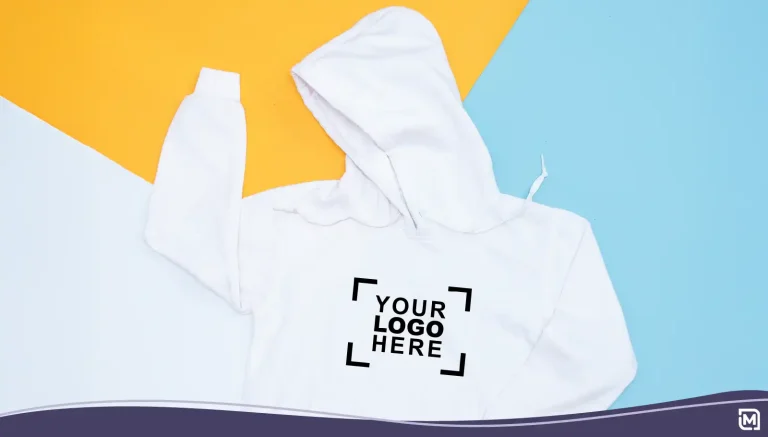Some people say technology changes everything. It’s certainly added more options to our lives. Yet one of the most valuable business tools is something as simple and non-technical as can be: a business card.
You never know who you’ll run into at the grocery store or the coffee shop. The right business card can turn a happenstance meeting into a career-making connection.
Not sure what your business card needs and what it doesn’t? Here’s your guide.
What Your Business Card Needs
High-quality business cards can be pricey so the last thing you want to do is invest in cards that don’t have the right information. Here’s a helpful checklist.
Logo
Most people think the purpose of a business card is to exchange contact information. It is, but it doesn’t stop there. Business cards are branding pieces too.
Your card should give the recipient a picture of who your company is. If you did your logo design right, the logo should embody your brand. Give it a prominent place on your business card.
Name and Title
This seems obvious, but the title is an element people often forget on business cards. Not everyone you speak with will remember every detail about you. They may also end up with business cards from several people at your company.
Your contacts will appreciate having a reminder of your position at your company. It also lets them know whether you can help with their particular question. If you’re an IT manager, you don’t want someone contacting you with a sales-related question.
Company Name
You might think your company name is a given but unless you’re a contractor or freelancer without a business name, it’s essential. If your business name is in your logo and it’s large enough to be readable, you may be able to skip writing the business name again.
It’s also a good idea to have a slogan or descriptor of your business if your name doesn’t include one. For example, let’s say you’re a law firm. Your company name is “ABCD Law” but you only handle criminal defense cases. Under your business name, write “Criminal Defense Attorneys.”
Preferred Contact Information
Your contact information is one of the most essential parts of your business card. Which items should you include?
In most cases, all you need is a phone number and email address. If you have a direct business line, use that phone number instead of the main office number. It’s also best to use your direct business email rather than a general “info@” email address.
It’s usually best not to include your personal cell phone number. You want more control over who contacts you on that number. You can always write it on your card in individual cases.
In the past, it was common practice to include your company’s street address on your business cards as well as your fax number. Now that both snail mail and faxing are rare, these aren’t necessary. In the rare event that someone needs that information, they can call you or get it on your website.
Location
Yes, we just got done saying you don’t need your address, but hear us out.
Instead of listing your full address, include your city name on your business card. When you’re at conferences or other nationwide networking events, this helps people remember where you are. It’s a great way to jog their memory years later.
Of course, if your business name has your city in it, this isn’t necessary.
Website
Your website is an absolute necessity on your business card. It’s the core place people will go to get more information about your business.
In your web address, do not include http:// or www. It’s no longer necessary for people to type this in when they go to a web address. Not only will the extra characters take up space but they’ll make you look technologically behind the times.
Social Media Information
This one is a big maybe. If you actively use your social media pages for business purposes, it’s a good idea to include them. For instance, do this if you’re a blogger and you post your content on Instagram as well.
In most cases, all you need is the logo for each platform you want to promote. This tells contacts to look for you on that platform. If your pages or handles are difficult to find or they don’t have your real name on them, it’s best to include the page names or handles too.
Texture
Texture on your business card may not be a “must” but it can go a long way.
When people in your industry go to a networking event, they walk away with stacks on stacks of business cards. It’s easy for your card to get lost in the shuffle.
Adding texture like areas of gloss on a matte card will make you stand out. Your card looks more high-end and it’s more likely to stick out from the pack.
With that in mind, there are limits. Many people like to take notes on business cards about their meeting with you and what you discussed. If your whole card is glossy and pens won’t work on it, it won’t help your future prospects.
Open Space
This one’s crucial. If your business card becomes overly cluttered with unnecessary information, it’s not serving its purpose. The less information you have, the more attention it calls to each piece of information.
As we mentioned above, your contacts may also want to take notes on your card. It’s courteous to give them the space to do so. Try adding some design elements to the back of your card to make it look more high-end but making sure it’s still writable.
Hand Out Your Card with Pride
Your business card is more than a summary of your contact information. It’s often the only reminder a contact has of your conversation. Make sure it not only includes your information but shows a slice of your personality and your brand too.
If you need to nail down your logo design before you can move on to business cards, though, we’re here to help. Contact our logo designers today.



